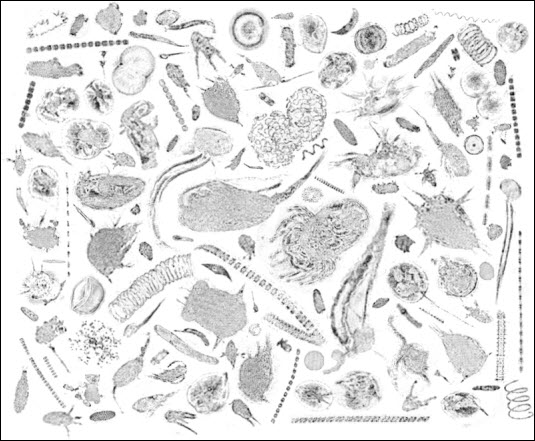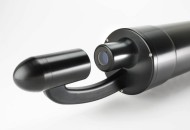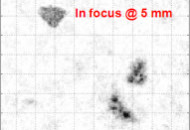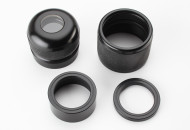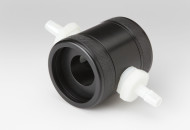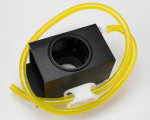The LISST-Holo2 stores holograms for study of flocs, plankton, and other particles in water.
See a list of papers using LISST-Holo2 or LISST-Holo (discontinued) data here!
Holograms are captured at up to 25 Hz. The instrument is powered from an internal, rechargeable battery and the on-board memory can hold ~110,000 holograms. Processing speed per unit water volume imaged is faster than the competition.
Application areas for the LISST-Holo2 are diverse and includes sediment & flocculation studies, algae & plankton studies, frazil ice formation, aeolian sediment transport and more.
Click here to watch a video on Sequoia’s fast hologram processing software.

